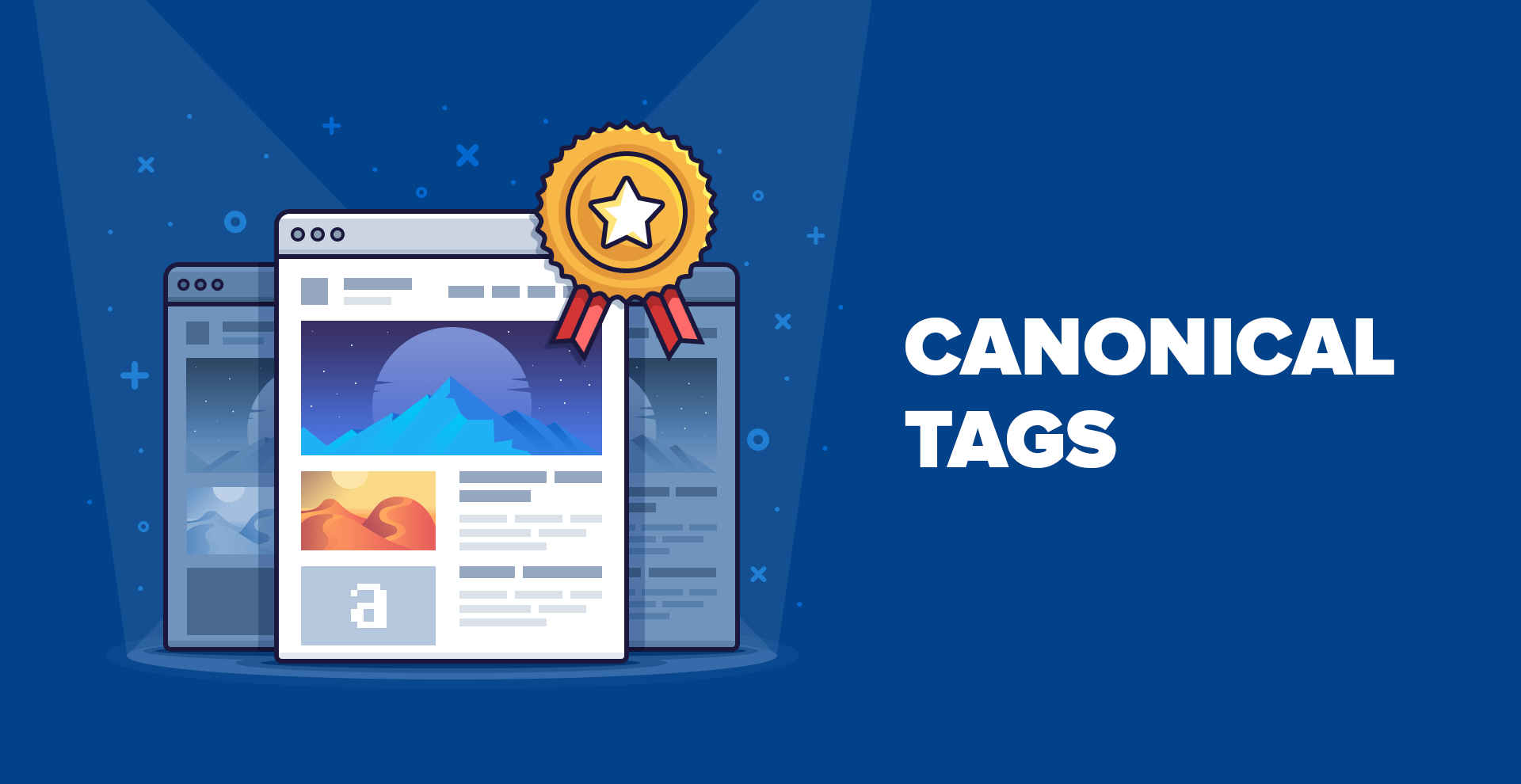Search Engine Optimization (SEO) is an essential part of digital marketing that helps improve the visibility and ranking of your website. The results are evident in the form of increased traffic and sales. That is why every website owner invests time and money in it.
While many aspects of SEO are simple, like the heading, meta tags, and link building, some may be a bit tricky to understand. However, these tricky ones are essential to help rank your website.
One of these trickier elements in SEO is Canonicalization and plays an essential role in how search engines evaluate the quality of the web pages.
What is Canonicalization?
In SEO, canonicalization is the term used to describe the web content that has one or more URLs. For example, you are an e-commerce site selling summer dresses in several colours. Each summer dress might have its separate page, which could be the same as all colors, with pricing, description, material, and brand all same except the color. If there are 10 different dress colors there would be 10 pages with identical content. Now imagine if you sell 100’s of such dresses, each with 10 colors, the duplicate content pages can easily flood your site. This is what you would never want. So, SEO Canonicalization can help alleviate this issue.
Canonicalization uses tags (rel=”canonical”) which is a snippet of the HTML code to define the main version for duplicate, near-duplicate, and similar pages. This means that if you have similar content available under different URLs, canonical tags can specify which version is main and thus should be indexed.
What Canonical Tag Looks Like?
Canonical tags use simple and consistent syntax and placed within the <head> section of the web page. Example – <link rel=”canonical” SEODiscovery=”https://example.com/sample-page/” />
Why is Canonicalization Important?
The importance of SEO canonicalization cannot be overlooked as search engines do not like duplicate content. Duplicate content makes it harder for them to choose, which version of the page to index (they can only index one), which version of the page to rank for relevant queries, and whether they should consolidate link equity on one page or split it between multiple versions.
Too much duplicate content can lower your website’s ranking or even remove the site for all search queries. This would be catastrophic for your business. Canonicalization or canonical tags can solve all these issues. They let the search engines know which version of the page they should index and rank, and where to consolidate link equity. If you fail to specify a canonical URL, search engines will take matters in their own hands, and relying on search engines is not a great idea. They can select a version of your page that you don’t want to be canonical. Search engines will crawl various URLs with identical content and may fail to pick the crucial and extraordinary content, thus loss of unique content from your website.
From an SEO perspective, duplicate links to the original content split up duplicate URLs and minimize the significance of link building. This means the production of huge amounts of similar content will threaten your search engine ranking value. And a low search engine ranking value will cause a low flow of traffic, thus decreasing the popularity of the site and decline in revenue.
So, canonicalization is important and even more for e-commerce websites.
How to Setup a Canonical Tag?
Setting up canonical tags is easy, but can be time-consuming if you have a lot of duplicate pages. Here we will explain that in simple steps.
Step 1 – Select the version of the page you want to set up as a canonical tag.
This requires you to use Google Search Console. The benefit of this is that it is quick and easy to implement and is great for sites that have the same content in the same URL paths but at different domains.
Step 2 – Add “rel=canonical” in the link element.
This tag is added within the page’s head tags (do not confuse with page’s header) and is formatted as: <link rel=”canonical” SEODiscovery=”[canonical URL]”>. It can identify the canonical URLs for several pages. However, ensure you use only one canonical link specified or all the links will be dismissed.
Step 3– Use 301 redirects for all non-canonical URLs will direct traffic from other URLs to your preferred URL.
301 is a permanent redirect that forwards one URL to another. It is best to use only when you are deprecating one version of a page for another or when you are forwarding the root domain to a subdomain.
The Basics of Canonical Tag Implementation
For the canonical tags to work properly, they need to be implemented correctly.
- Use absolute URLs, including the full domain.
- Don’t mix your cases: the best is to use lowercase URLs.
- Use the correct domain version.
- Use self-referential canonical tags.
- Use only one canonical tag per page.
Common Mistakes in Implementing Canonical Tags
Canonical Tags mistakes can lead to display issues in the search engines and, lower rankings as well. The worst part, most of the time, the errors pass unnoticed for a very long time.
Setting Home page as Preferred URL
There are times where your home page is the preferred URL, but not always. If all your canonical pages point to the home page you risk having none of your pages crawled and indexed by the search engines.
Using Multiple Canonical Links
Each page must have only one canonical link, or they all will be dismissed. This can occur without you even being aware of. You might have inaccurately implemented an SEO plugin, or improperly edited theme.
Specifying Irrelevant Content in Canonical Tag
Canonical tags are used to fix duplicate content issues. If you’re trying to use it just to rank specific web pages on different keywords, it’s not going to work very well. If you have two very similar articles, you can canonicalize one version, but it’s always a better idea to simply 301 redirect the weaker version to the stronger one.
HTTP & HTTPS Issues
Often, when people merge from HTTP to HTTPS, they forget to fix the canonical tags. If you’re running your website on HTTPS, the canonical tag tells the search engine to check the HTTP version instead. If you have your 301s set properly, the redirect will send Google back to the HTTPS, in a neverending loop.
Conclusion
By taking advantage of SEO canonicalization, you can indicate the structure and organization of your content in a way that shows it as unique as your business and your customers.
If you need help in setting up the conical tags then work with the right and skilled SEO company.



Add a Comment